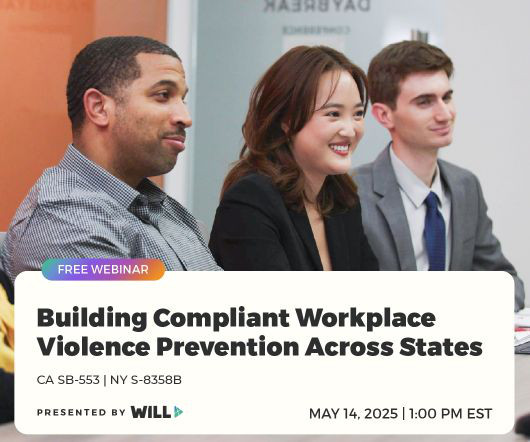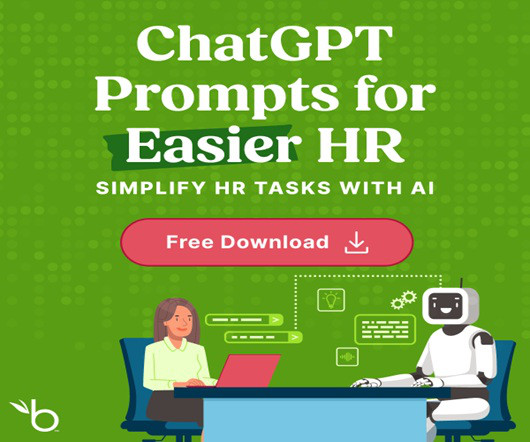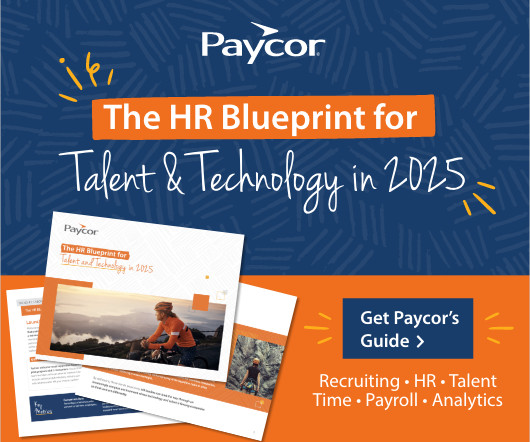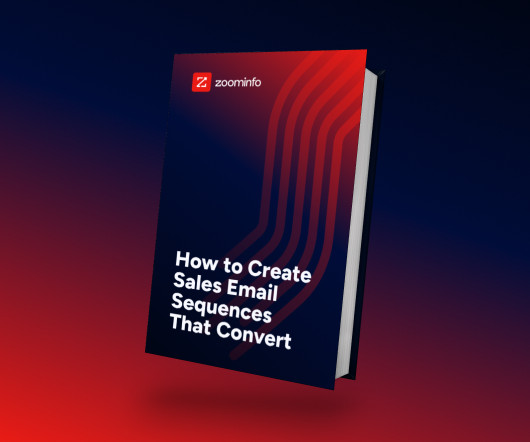A Data-Driven Guide to Dealing with Toxic Employees
Visier
SEPTEMBER 4, 2018
Imagine the workplace as an ecosystem and at its heart, lies a community of living, breathing organisms. In an ecosystem, how you work is just as important as the work you do because even seemingly small actions in this environment can have a major impact on the group. Much like a contagious virus, negativity and ill will can spread throughout an organization, creating an unpleasant working environment, lowering morale, and ultimately, affecting business productivity and results.





.jpg)


































Let's personalize your content